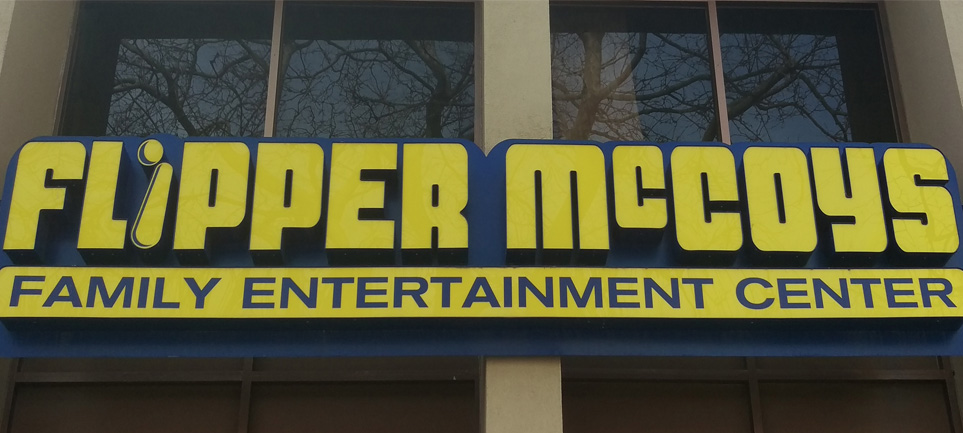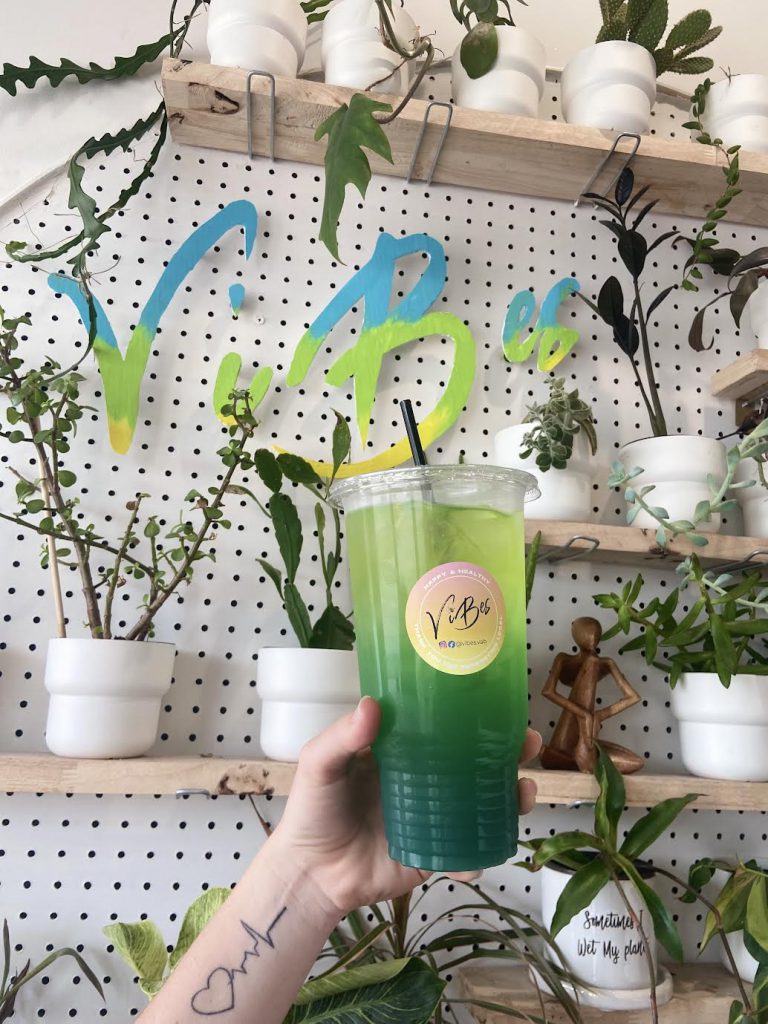



upper left and lower right: Native Embroideries by Leginah Ndabambi. Lower left: Cityscape Bowl by Jay Musler. Upper right: Night at the Attucks Theater by Maizelle.
MJ Matthews| Marlin Chronicle
Art is all around us. Just around the corner on the Old Dominion University (ODU) campus, Barry Art Museum hosts all sorts of treasures. This month, “The Dawn Is Ours” exhibit — a series of South African textiles inspired by Amanda Gorman -– is on display. This exhibit alone is worth the 20-minute trek, but the museum’s whole host of creative treasures and unique ambiance gives extra incentive.
As people walk into a sunlit foyer, they are introduced to the museum by the art of music. Students, professionals and hobbyists are all welcome to book a slot to perform on the BAM baby grand piano. Additionally, the museum hosts “Coffee and Contemporary” every Thursday afternoon, where flutists, pianists and others perform for museum goers, with complimentary coffee as concessions.
The museum’s most densely packed galleries hold glass art blown, sculpted, laminated, cut, sand-blasted from majority American and European artists. They also have a wide collection of dolls, from several cultures and generations. From Victorian baby dolls to 1960s Barbies, the gallery brings something interesting for everyone.
Museum staffer and ODU student Lili Nguyen commented on the doll collection. “It’s like one of the main attractions because Mrs. Barry, one of the donors for the museum, she also really likes dolls. It’s like a lot of her personal collection.”
While the doll collection is a must-see, Nguyen’s current favorite showing is the Chesapeake Bay Marine Collection of cnidarians and other marine life.
In honor of Black History Month, Barry is displaying an exhibit of Leginah Ndabambi’s textiles, “The Dawn is Ours.” Inspired by Amanda Gorman’s 2021 presidential inauguration poem, Ndabambi created artistic representations of imagined dialogue between Gorman and traditional figures of Ndabambi’s community in Zimbabwe. Each of the 23 textiles in this collection presents a different scene of imagined dialogue, including not only lines from Gorman’s poems, but other words of peaceful affirmation, much in relation to the Black Lives Matter movement.
Ndabambi watched Gorman recite the inaugural poem from her cell phone, thousands of miles outside the U.S., in Cape Town, South Africa. Despite the distance and radically different cultures, Ndabambi felt connected – so much so, that she brought Gorman into her own memories, intertwining the poet’s prose with the prominent people of her own life.
She intended to lift the spirits of young African women, encouraging them to “do their best,” with Gorman’s spirit serving as an inspiration for young women across Africa. In depicting Gorman amongst elders and ancestors within her textiles, Ndabambi bridges the gap between artistic expression and survival.
While textile art is expressive, the ability to sew and embroider is also a major survival skill for those in poverty, and it was the main supportive skill of yield in Ndabambi’s family for over 30 years. This series of artwork has a lot to say in the name of hope and humanity.
One of the museum staff members, Laniey, a student at ODU who has worked at Barry since ‘22, spoke on how showstopping the exhibit is. “A lot of people have come in like saying, ‘Oh, we’re here to see the textile show we heard about,’ and actually last Friday, we had what we call ‘Unites.’ They’re just like little events we do once a month,” Laniey said. “It was to celebrate Black History Month, and these [textiles] were actually one of the two like showstoppers of the night.”
This exhibit’s caliber of intrigue compliments the rest of the galleries in a comfortable manner, but maintains individuality in its cultural relevance and unique media.
The gift of art and expression serves as an educational and enriching opportunity for all those who dare to explore it. Laniey has seen herself “go through a lot of personal growth since starting to work here.” Who knows what you’ll find if you let yourself look. I strongly encourage you to get out there and see some art, especially at Barry.
By MJ Matthews
mjmatthews@vwu.edu

